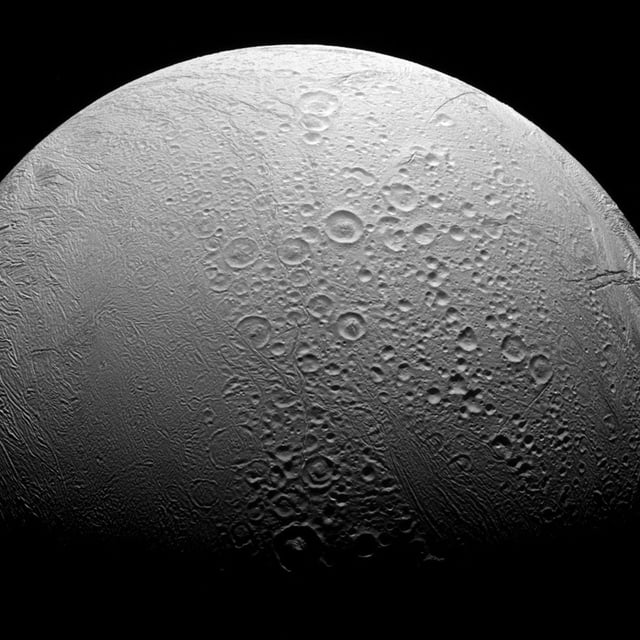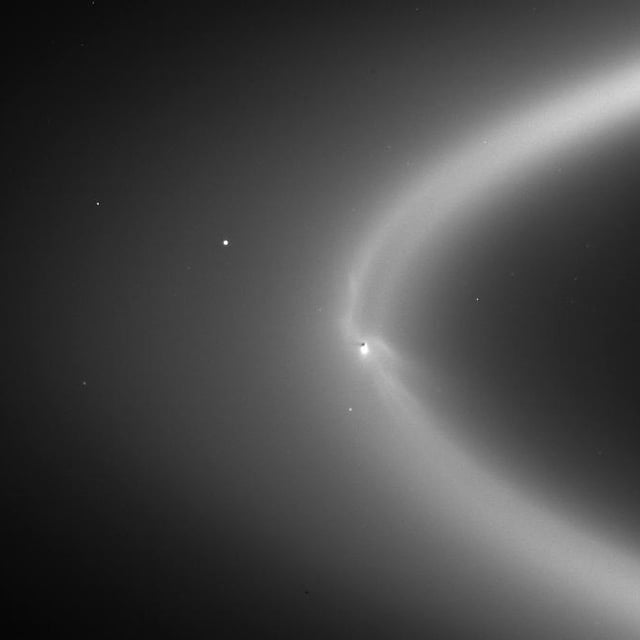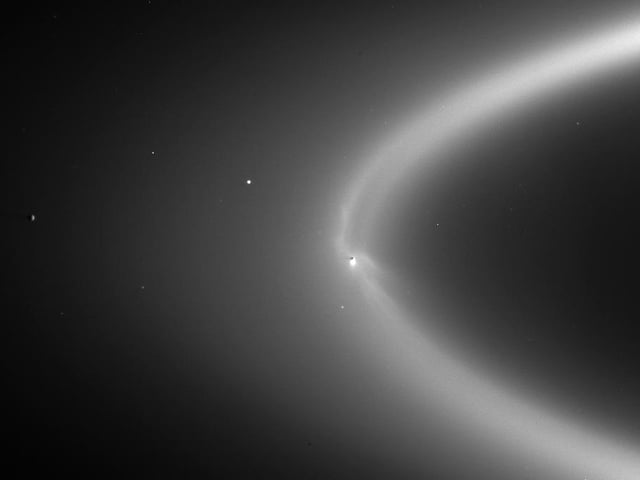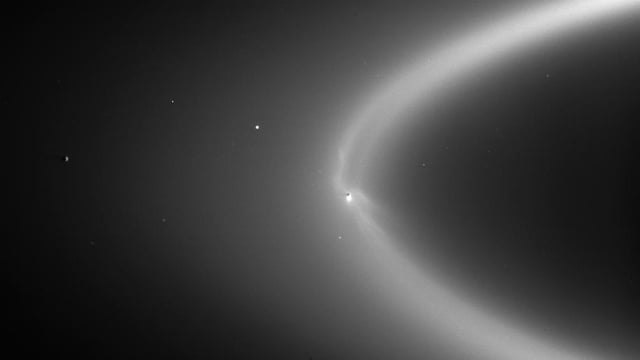Overview
- The Nature Astronomy study, published October 1 and led by Nozair Khawaja, reexamined Cassini’s 2008 Cosmic Dust Analyzer data from a close pass through Enceladus’ plume.
- Faster-impact measurements reduced water clustering that had obscured signals, revealing organic compounds involved on Earth in reactions that build more complex molecules.
- The results strengthen the view that Enceladus’ subsurface ocean expels carbon-bearing material into space, but they do not constitute evidence of life.
- Scientists argue that resolving whether the organics originate in the ocean or from radiation-altered surface chemistry will require targeted plume-sampling missions.
- Enceladus’ geysers feed Saturn’s E ring with vapor and ice grains, providing accessible material and positioning the small moon as a priority target for astrobiology.



